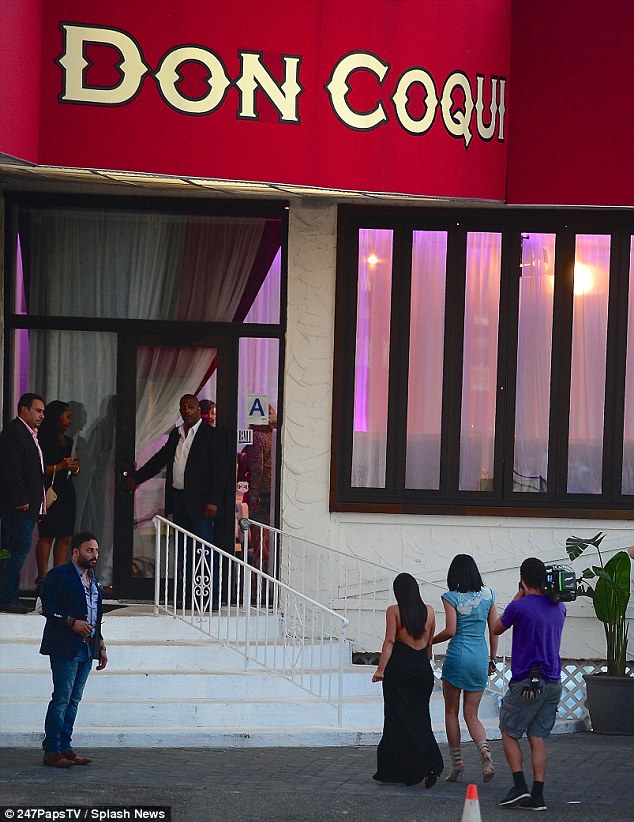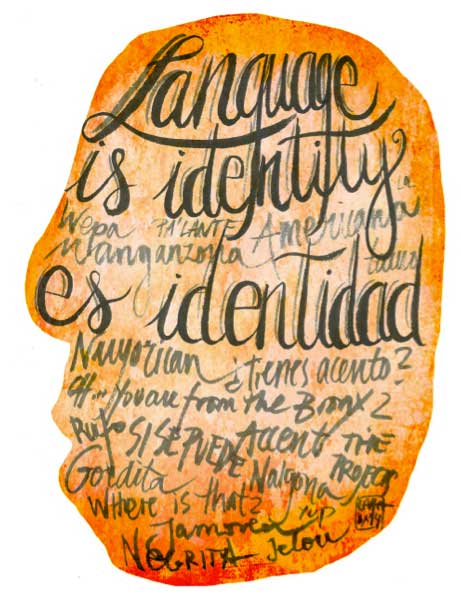ALCOHOL KILLS

New statistics indicate that alcohol is cutting down the lives of more Americans in the prime of their lives.
Excessive alcohol use accounts for one in 10 deaths among working-age adults ages 20-64 years in the United States, according to a report from the Centers for Disease Control and Prevention published today in Preventing Chronic Disease.





